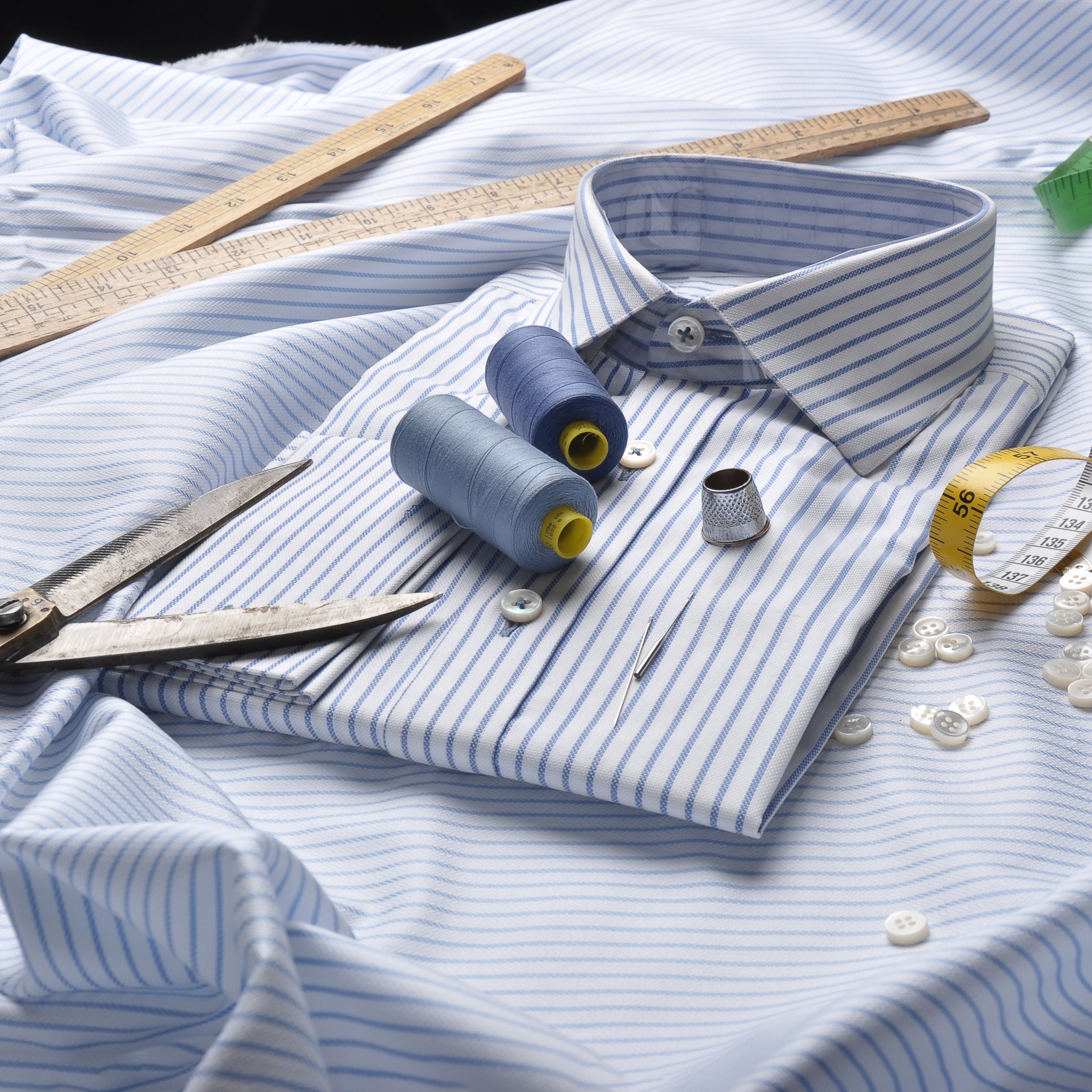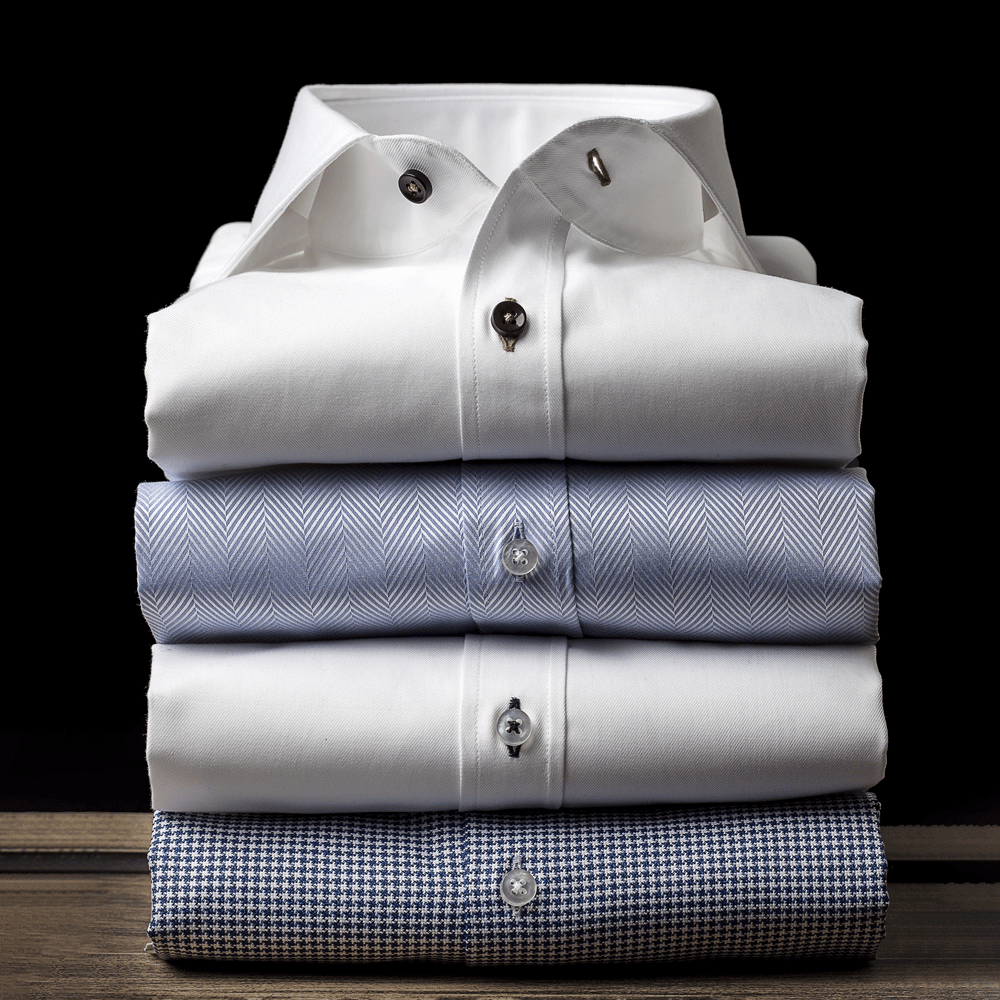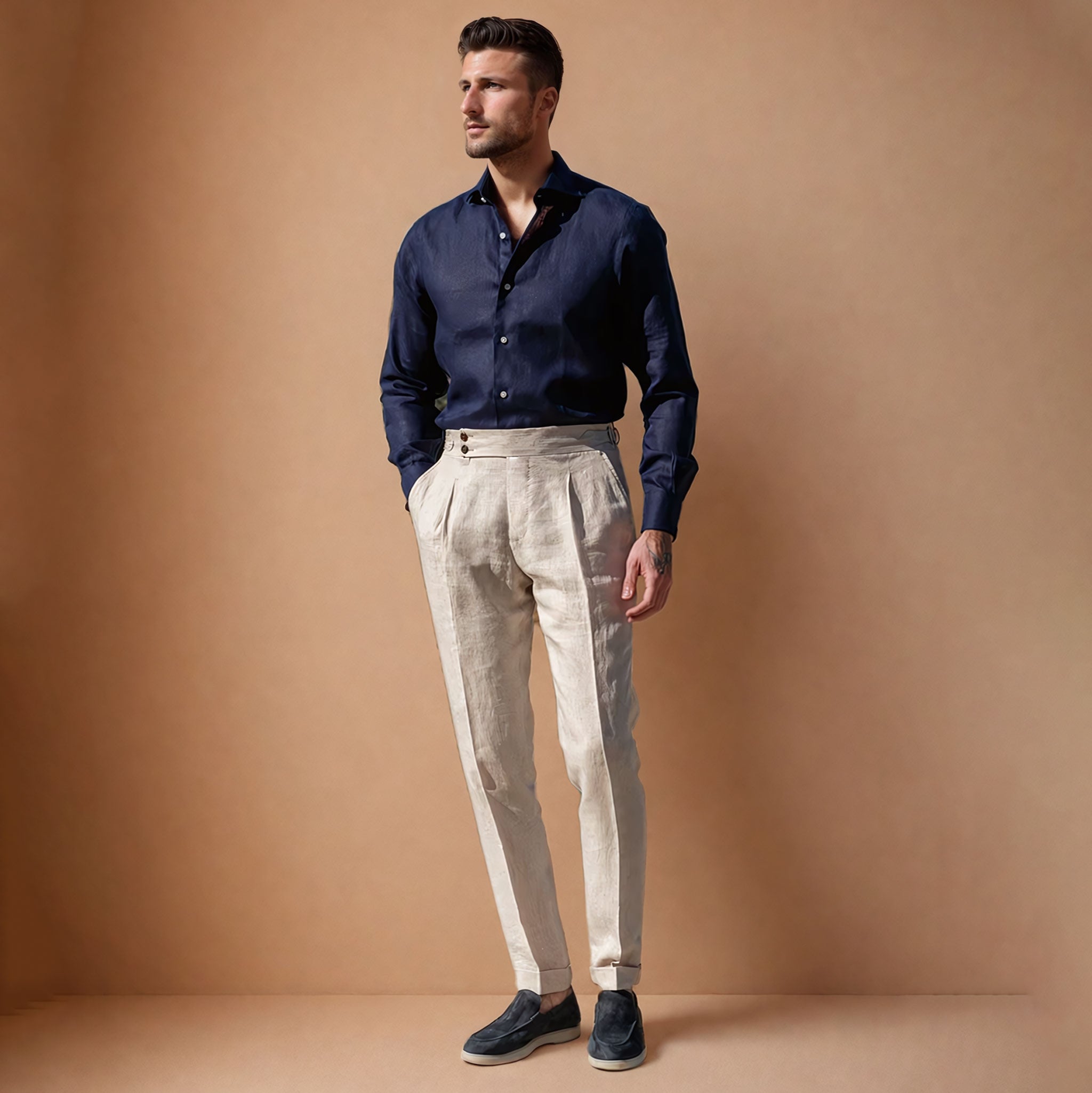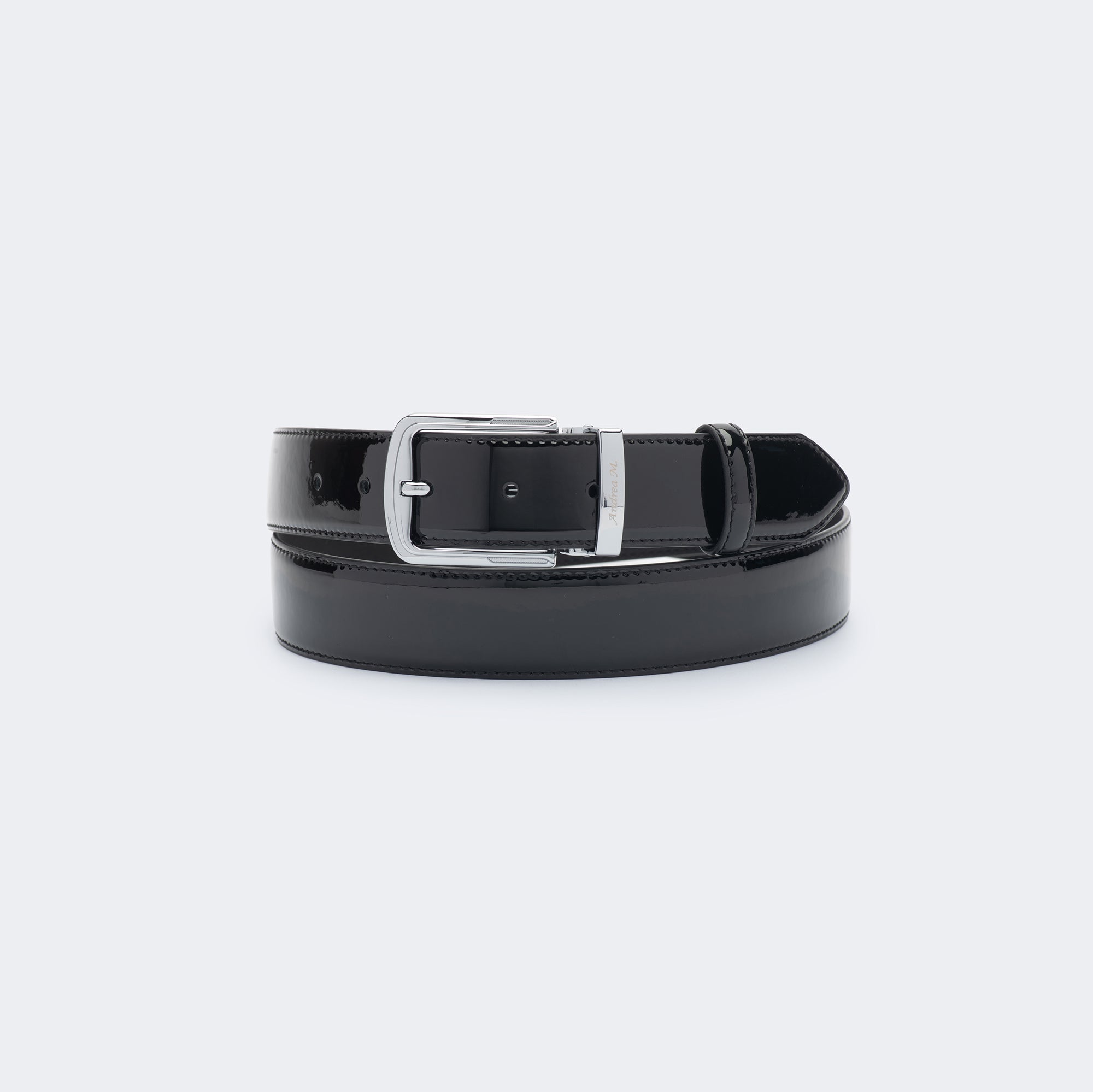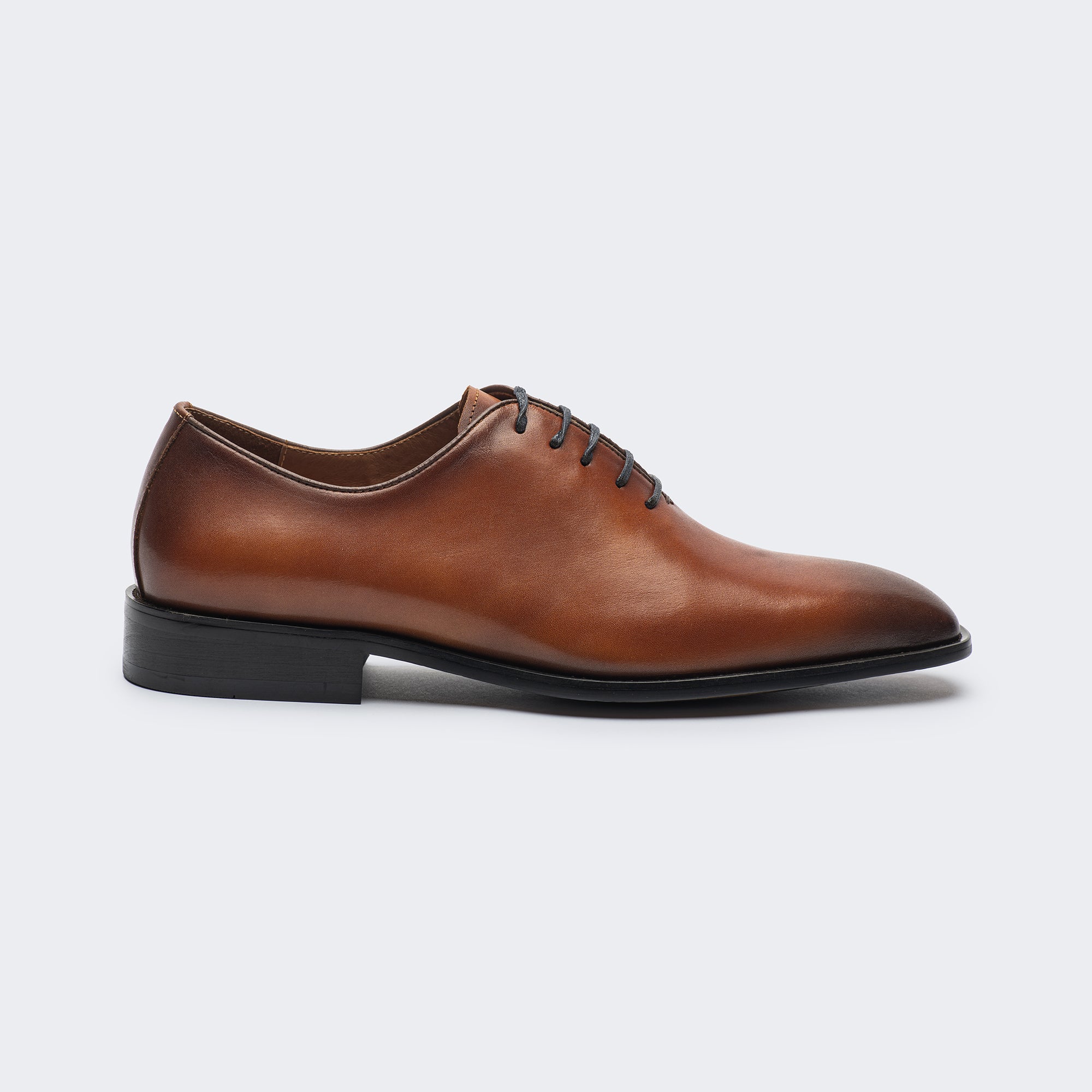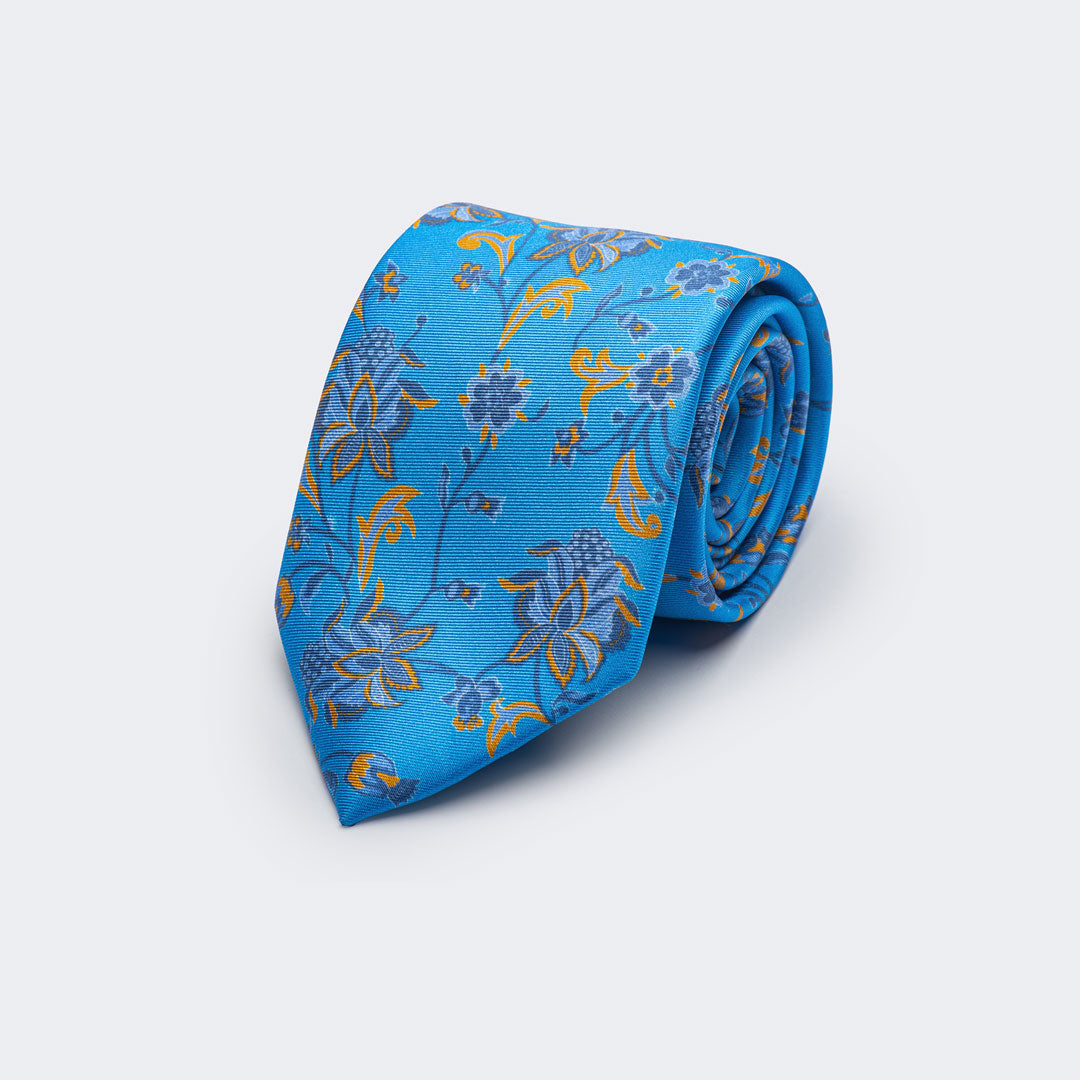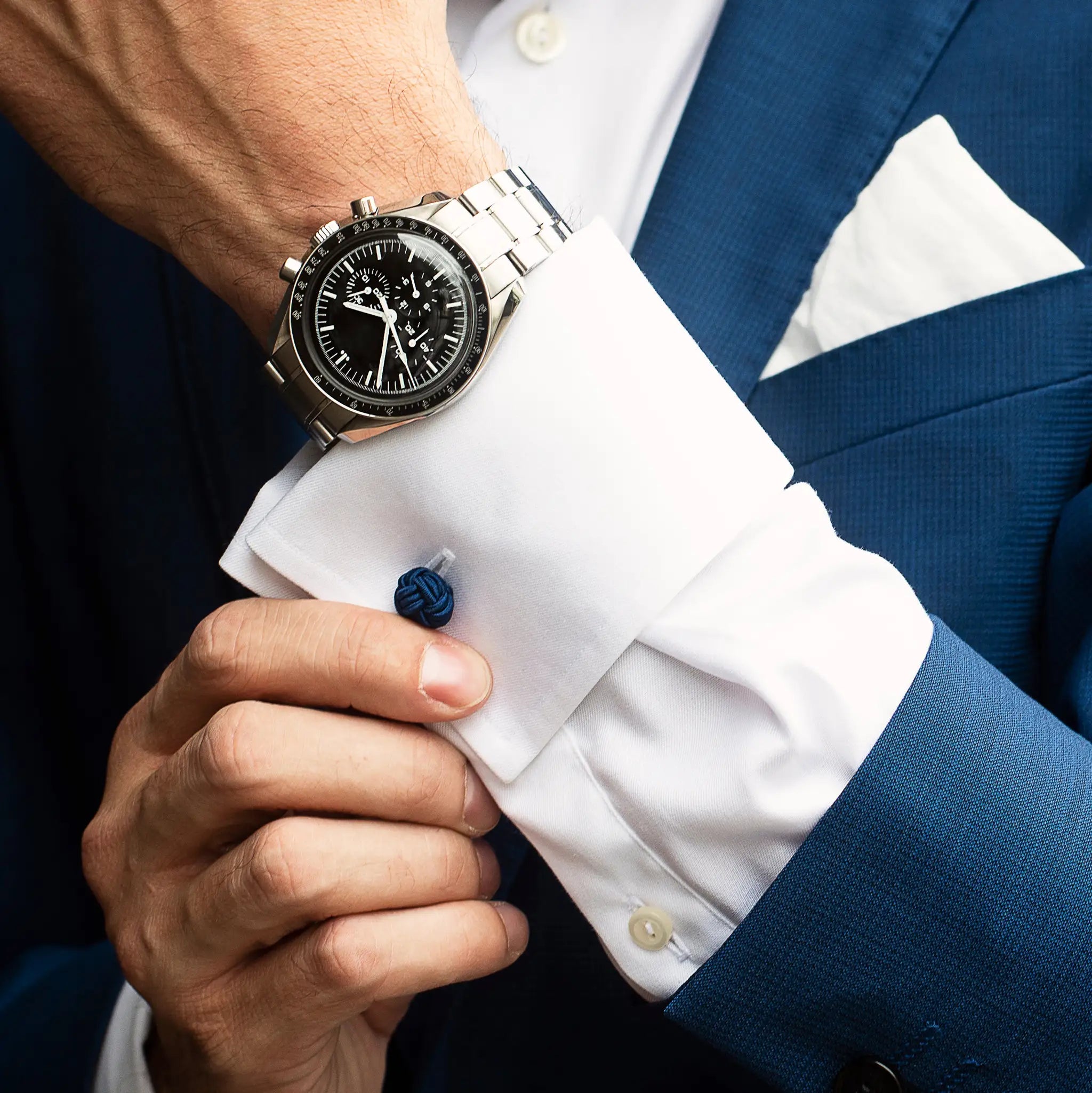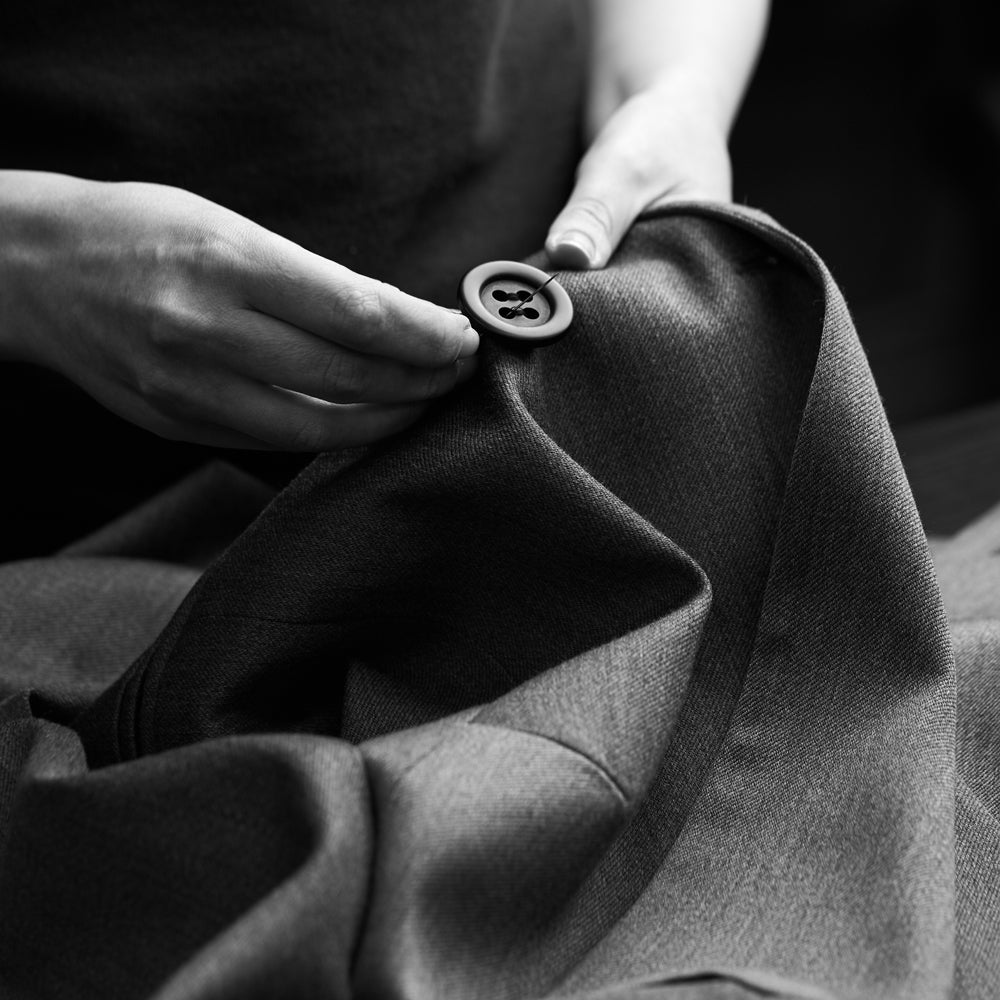Dress Shirt Hem Types
You must have heard about various dress shirt hem types, but do you know why there are so many options when a dress shirt is meant to be tucked in?
Well, apart from preventing the shirt from fraying when laundered, each hem style offers a special type of silhouette, making it appropriate for a specific occasion. In other words, this minor detail dictates your shirt’s overall aesthetics and how it will fall on your body.
Choosing the right hem type becomes much more important when it's worn untucked. So today, we are going to discuss some most popular dress shirt hemline types. Reading the guide to the end will enable you to choose the most suitable option according to your lifestyle and body type. Let's begin!
Dress Shirt Hem Types
Before moving to the main topic, let's clarify our definition of shirt hem. It's the bottom edge of the shirt which is folded and sewn to give it a neat look. Hemming the shirt prevents it from unravelling so it can look crisp around the bottom edges.
Moreover, the cutting, folding, and sewing of a dress shirt determines its overall flair, aesthetics, functionality, and longevity. That's why choosing the right hem style for your shirt is crucial, as it not only determines your appearance and style preferences but also determines the overall quality of your garment.
Now, without any further ado, let's have a quick overview of some of our favourite hem styles.
1- Straight hemline
Perfect for an untucked and relaxed casual look, straight hem-lined shirts serve to look effortlessly chic and practical. Avoiding the formality associated with other hemline styles, straight hem shirts offer a structured silhouette which is both comfortable and functional.
As the name implies, a straight hemline is cut straight all across the bottom edge of the shirt while featuring a 2-2.5” vent on the ends of both side seams. You might be surprised to know but a straight hemline is what distinguishes between a casual and formal shirt. That's the reason why gingham and checkered shirts mostly feature a straight hem.
Since such straight-hemmed shirts are meant to be worn untucked, it's advised to buy a smaller size. Otherwise, the shirt will appear too long around your torso. However, the shirt should not be too short to look mocked. The rule here is to go with a one-inch shorter length. Plus, the shirt should be loose enough to give an overall relaxed feel.
2- Polo hemline
Mostly seen on classic polo shirts, the polo hemline resembles a lot to the straight hem with only one exception: the back length is longer by one inch than the front.
The reason why polo hemlines are created this way is because such shirts were traditionally worn by tennis and polo players. The longer back hemline prevented the shirt from getting out of the pants while bending over. This is exactly what makes a polo shirt a highly versatile piece of garment, enabling you to wear it however you like it to wear, either tucked or untucked.
Like straight-hemmed shirts, polo shirts also feature side vents but are not as long. The vents at the side seams of polo shirts are only one inch long, classifying them in the category of casual garments.
3- Round or curved hem
Often found in formal shirts, round curved hemlines are tailored by cutting the bottom of the shirt in a curve so a tail is formed at the front and back ends. The round hem also features a rise of about 2 inches to the side seam, which in turn ensures a high degree of movement while keeping the shirt tucked in.
Contrary to straight hemmed shirts, curved ones should be slightly longer, more fitted, and tapered towards the legs and waist. This, in turn, will make you unlock an hourglass yet polished appearance. That's why the curved hem is mostly found in formal shirts.
Some other benefits curved hemlines provide are increasing the vertical emphasis, elongating your leg lines, and eliminating the sharp horizontal line.
4- Gusset hem
The Gusset hem resembles a straight hem style as it's straight across the shirt's bottom edge. The only difference is that a small, rhomboidal or triangular piece of fabric is reinforced in the side seam split which reduces stress during movement.
Some shirts feature gussets of the same coloured fabric, whereas, in some others, you find gussets sewn in areas of totally different colours and patterns. In this way, Besides making your tight-fitting clothes more durable and comfortable to move in, gusset hems are also great to introduce a pop of style.
FAQs
As the name indicates, a round heam features a curved hemline with a rise of about 2 inches to the side seam. On the other hand, the straight hem is cut and sewn in a straight line from all across the shirt bottom, making it look more casual.
Almost all business shirts are meant to go tucked whereas smart business shirts look great both tucked in and out. On the flip side, gusset and casual shirts like checkered and gingham ones look best when tucked out.
